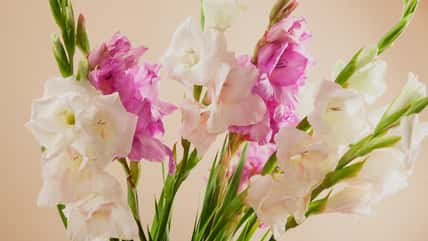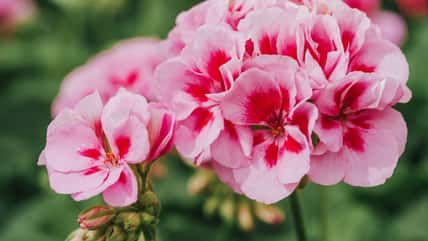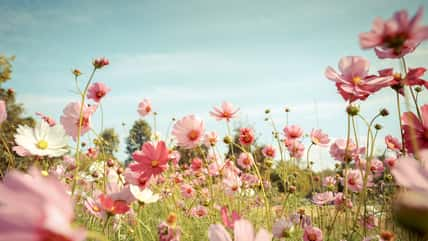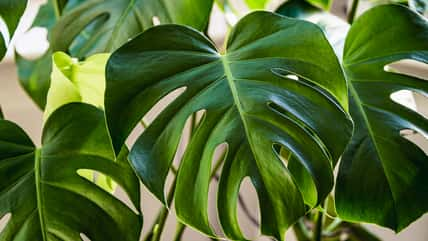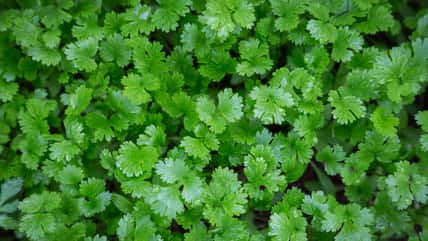5 Questions To Ask Yourself To Avoid Pruning Mistakes In Your Garden

If Not Done Right, Pruning Can Cause More Harm Than Good

Pruning can be one of the most beneficial things you do for your garden or one of the most harmful. Trimming back overgrowth might seem simple, but one wrong cut can leave your plants vulnerable to disease, stunted growth, or even death.
That’s why timing, technique, and the tools you use all matter more than you might think. When done properly, pruning helps plants thrive by removing dead or diseased growth, improving airflow, and encouraging healthy new growth.
Here Are 5 Questions To Ask Yourself Before Grabbing Your Shears
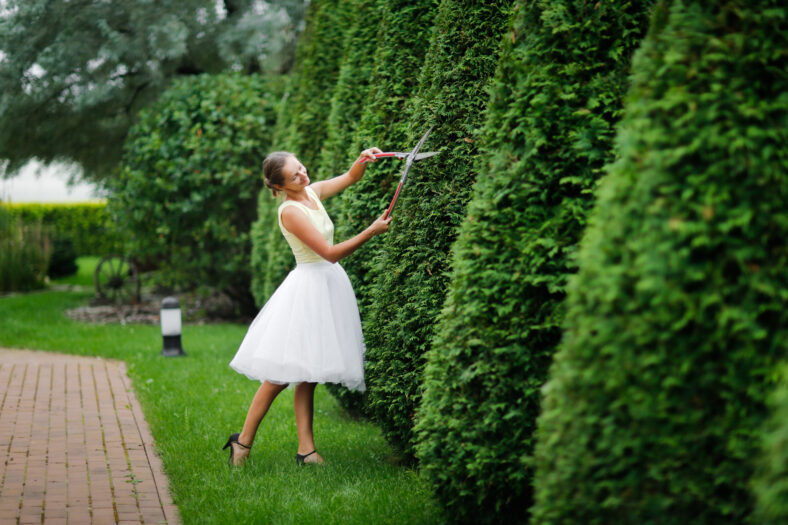
But a few common missteps might sabotage your efforts and set your garden back.
So, before you reach for your shears, make sure to ask yourself these five questions to avoid major pruning mistakes.
1. Is It The Right Season?

One of the most common (and costly) pruning errors is cutting at the wrong time of year. If you prune too early or too late, you risk interfering with your plant’s natural growth cycle, damaging newly formed buds, or triggering unnecessary stress.
For many plants, especially woody shrubs and trees, late winter to early spring is the ideal time to trim because they’re still dormant. However, if your plant blooms in early spring, pruning too soon could mean sacrificing flowers for the season.
Additionally, other varieties do better with pruning in the summer or fall, depending on their growth patterns. The best approach is to research the specific needs of each plant in your garden and prune accordingly.
2. Is It The Best Time Of Day?

Remember that what time you prune matters, too, not just the season. If you try to trim plants during extreme heat or intense sunlight, you could stress them out and cause damage.
The best time to prune is typically in the early morning or late afternoon, when temperatures are milder, and your plant will have some time to recover without getting scorched by the midday sun. Dry days will also reduce the risk of spreading moisture-borne diseases.
3. Am I Using Dirty Tools?
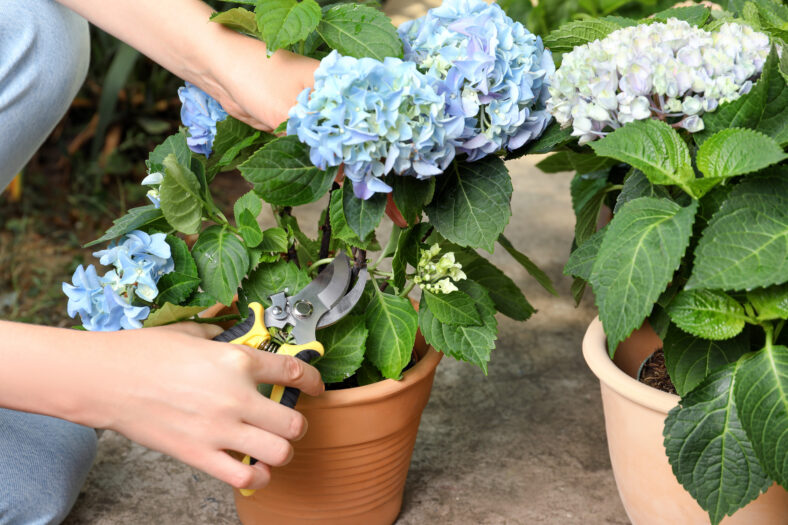
Dirty pruning tools are one of the fastest ways to introduce disease to your garden. Every single cut you make will leave a small wound, and if your shears are covered in bacteria or fungi, that open spot becomes a gateway for infection.
So, make a habit of cleaning your tools before each use with rubbing alcohol or a disinfectant wipe. It’s also smart to disinfect in between plants (or even in between cuts if one plant appears diseased).
4. Do I Have A Pruning Plan?
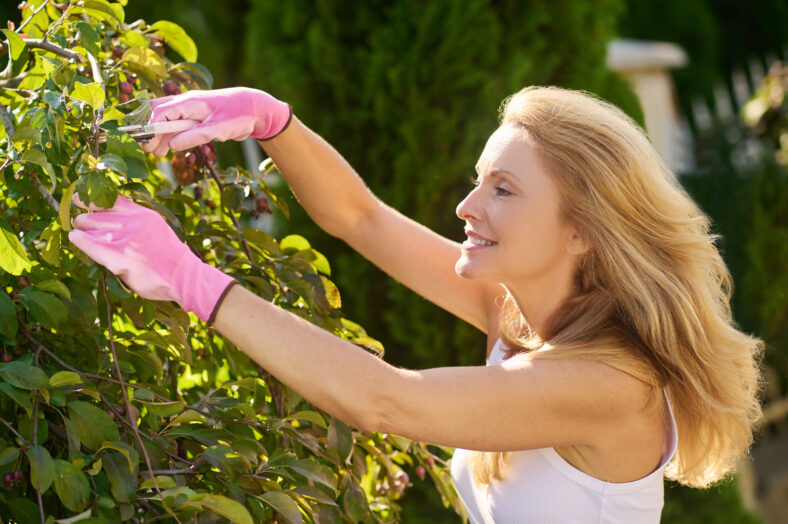
Before you start snipping, take a step back and examine your plant as a whole. By coming up with a pruning plan ahead of time, you can avoid making any unnecessary cuts and make sure you’re shaping your plant for better airflow and sunlight exposure that reaches its interior.
Begin by looking for branches that cross and rub each other or grow inward. These are usually the first to go. Then, keep in mind that you shouldn’t clip away more than a third of your plant’s overall structure.
5. Am I Over-Pruning?

Lastly, it can be tempting to go all-in when a plant looks overgrown, but you might do more harm than good by cutting too much. The reason why you shouldn’t remove more than one-third of a plant’s foliage during a single session is that you could shock its system, slow down growth, and make it more vulnerable to disease.
If your plant needs some major reshaping, it’s better to space the trims out over multiple seasons. With a gradual approach, your plant will have some more time to adjust and regenerate.
More About:Gardening
